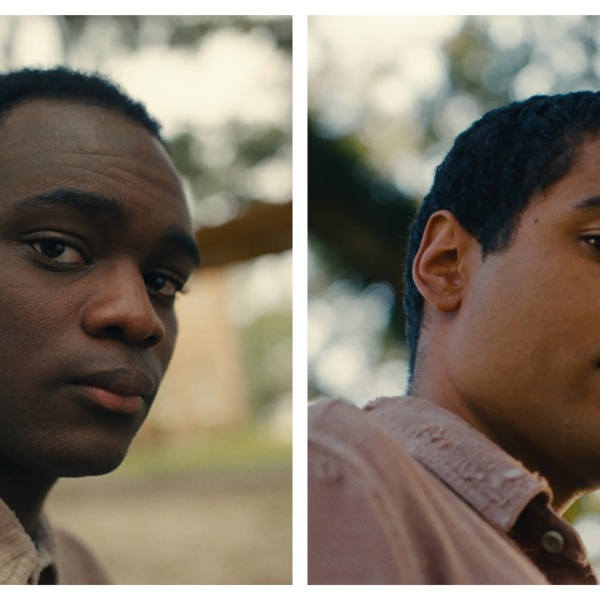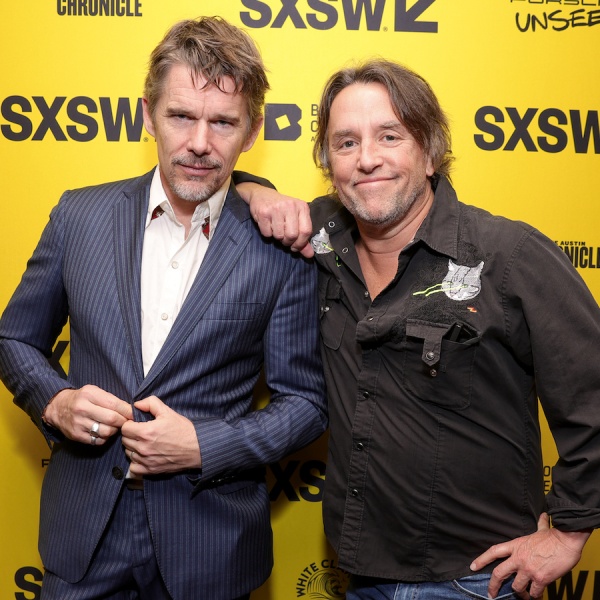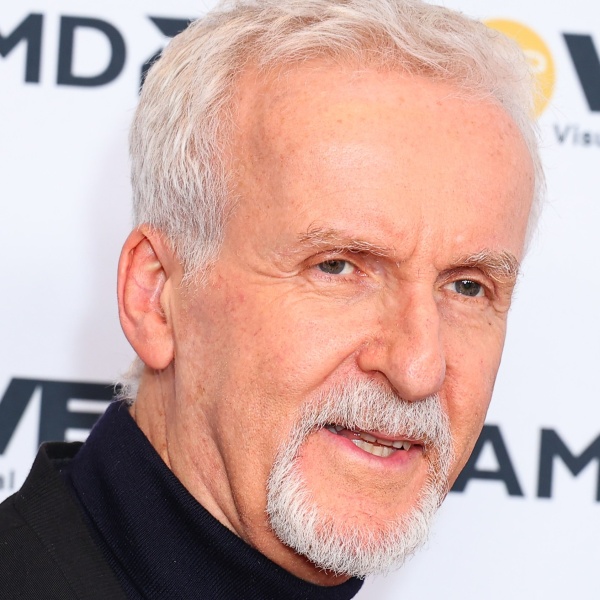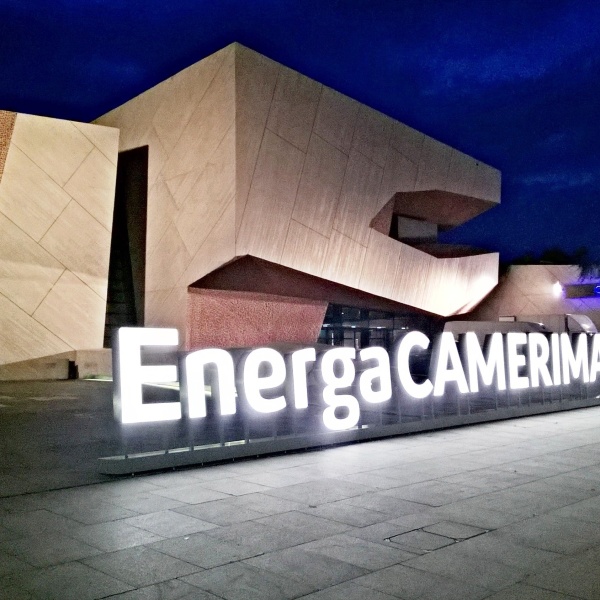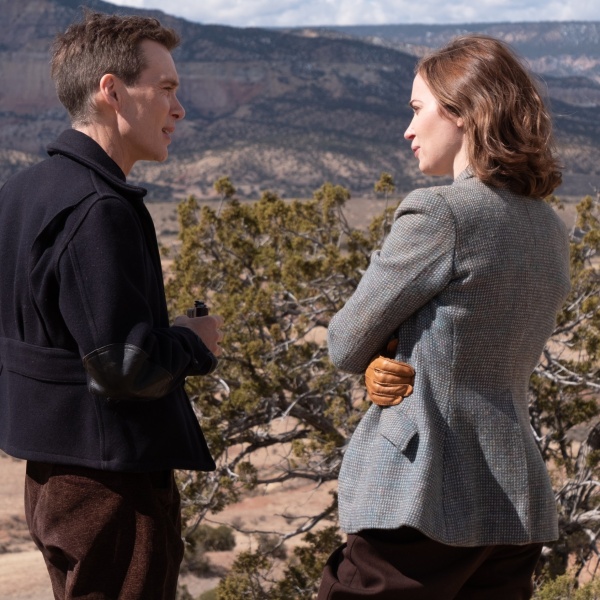A severe miscalculation lies at the heart of “Eno,” Gary Hustwit’s well intentioned, choose-your-own-adventure style documentary about U2 producer and ambient music legend Brian Eno. In keeping with the esoteric composer’s M.O. for crafting ambient music, which often involves the programmed evolution of sounds through software, Hustwit’s long-in-the-works experiment takes advantage of a randomizing program that re-orders several of its scenes and images, so that no two viewings are the same. Perhaps there is some ideal version of the movie out there — statistically, there would have to be — but this review is specific to its world premiere at the Sundance Film Festival, which exposes a number of its conceptual flaws, and the multitude of ways even future screenings of the movie are likely to go wrong.
As seen in the film, Eno crafts acoustic parameters for his synthesized sounds to self-propagate, resulting in haunting, esoteric soundscapes that remain unclassifiable, and lie on the edge of what might be considered music. If his contemporary work deserves any label, it’s “outsider art,” though in attempting to mirror this approach, Hustwit inadvertently creates anti-art. While there’s certainly a retro charm to visual glitches and programming code appearing in between scenes, accompanied by “beeps” and “boops” — think of a Netscape era hacker film — these bits of aesthetic garnishing can’t save a dish prepared with ingredients tossed together at random.
Individual scenes and segments work in isolation, from anecdotes relayed by an elderly Eno, to archival interviews of him in his younger days, and even some candid studio recordings with a fresh-faced Bono, as they attempt to combine classic rock and improvisational scat. The software element — can it be called A.I? Is there anything intelligent about it? — serves two purposes. The first is on a micro level, and is marginally less intrusive: it re-orders the elements of a split-screen image, often repeating shots side by side or atop one another, sometimes cropping them awkwardly. If the intent is to create collages and nothing more, then it succeeds.
The second, and more troublesome, level is its macro approach to structure. The film would have benefitted tenfold from its human editors taking a look at several different randomized cuts (or even intuiting the artificially-generated possibilities based on a single viewing) and putting a stop to the tomfoolery. While having the date and location of the film’s premiere pop up on screen is a cute flourish, the resultant premiere cut is mind-boggling. If “digital artifacts” are unintended or undesired data in visual form, “Eno” is rife with unintended “emotional artifacts,” thanks to its jagged editing that cuts scenes short as they’re just getting interesting — the result is disruptive, but not in the Silicon Valley sense; rather, it feels interruptive — or worse yet, thanks to the haphazard placement of emotional denouements.
There are at least three scenes that feel like poignant crescendos, involving Eno reflecting on his life and artistry and/or images that build in meaning and intensity, any of which would have made for fitting climactic scenes on which to end the film. None of them did, but the very existence of more than one of these feels like the filmmakers hedging their bets in the hopes of a moving outcome, like the 2021 Oscars putting on the Best Actor award at the end of the night in case the statue was awarded to the late Chadwick Boseman (it wasn’t).
To avail of generative software with these results is to experiment with randomness, akin to a surreal meme generator turning out something accidentally chaotic; the failure to create meaning is the point. But with a human artist at the center of the film — one with wit and alluring charm, and whose reflections on death and creativity are intriguing, and even harrowing — to eschew meaning in the name of a nominal experiment is artistic malpractice.
In fact, engaging in this experiment as a meta-textual mirror to Eno’s methods is also a fundamental misunderstanding of his work. He wouldn’t simply release a random bit of noise into the world. In fact, the documentary shows him toiling away at his dual-monitor set up, pulling samples from YouTube, and scaling back on ideas that don’t quite work. His process, though it involves the digital mutation of sound, is also discerning. He’s the ultimate arbiter of what goes out into the world — the way a director ought to be. A music performance may be different every night, but that’s because the beauty of live artistry lies in its imperfections, its spontaneity, its humanness. Anything that attempts to mimic this without soul or creativity misses the point of why someone like Eno does what he does in the first place.
Grade: D
“Eno” premiered at the 2024 Sundance Film Festival. It is currently seeking U.S. distribution.

